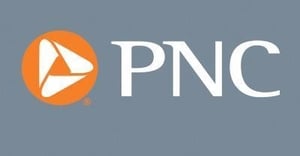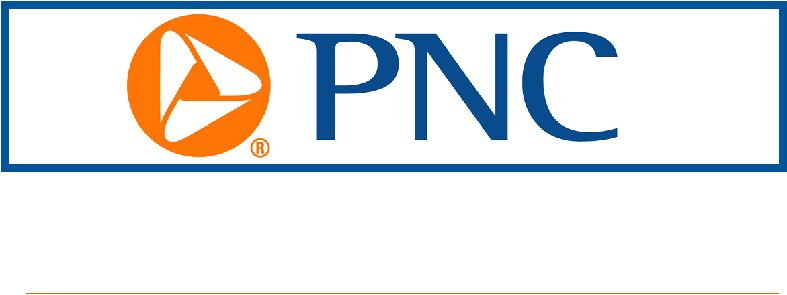
- Nominal after-tax personal income rose 0.4% in November, with a 0.6% increase in wages and salaries.
- Nominal consumer spending rose 0.2% over the month.
- Overall PCE prices declined slightly in November, with core PCE prices up just 0.1%. Over the past six months core PCE inflation has been below the Federal Reserve’s 2% objective.
- There were solid increases in real personal after-tax income and real consumer spending in November.
- The personal saving rate rose slightly in November, but it is much lower than it was pre-pandemic.
Personal income rose 0.4% in November from October, before adjusting for inflation (nominal), according to the Bureau of Economic Analysis. Wages and salaries were up 0.6% for the month. There were small declines in small business profits and government transfer payments. Disposable (after-tax) personal income was also up 0.4%.
Nominal consumer spending rose 0.2% in November. Spending on services rose 0.5%, with spending on durable goods also up 0.5%. Spending on nondurable goods fell 0.5%, in large part because of a drop in energy prices over the month.
The personal consumption expenditures price index fell 0.1% in November from October as energy prices declined. This was the first drop in the overall PCE price index since April 2020, during the pandemic, when demand plummeted. The core PCE price index—excluding food and energy, and the Federal Reserve’s preferred inflation measure—was up a scant 0.1% in November. The PCE price index has increased 0.1% in four of the last five months. Over the last six months core PCE inflation has been 1.9%, below the Federal Reserve’s 2% objective; this is down from almost 6% in early 2022.
On a year-ago basis PCE inflation was 2.6% in November, down from 2.9% in October (3.0% in October before revisions). Year-ago core PCE inflation was 3.2% in November, down from 3.4% in October (3.5% before revisions).
With overall prices down in November, real after-tax personal income rose 0.4% in November from October, with real consumer spending up 0.3%.
With after-tax income up more than spending, the personal saving rate rose to 4.1% in November from 4.0% in October (revised higher from 3.8%). The saving rate was below 4% through most of 2022, as household spent down some of their pandemic saving; they are now saving a bit more, although the rate is below the pre-pandemic rate of around 7%.
The personal income and outlays report for November was a very good one. Both core and overall inflation are slowing, and core inflation over the last six months has moved below the Federal Reserve’s 2% objective. Household income is rising with the strong labor market, and consumer spending is also increasing, albeit somewhat more slowly as households increase their spending.
The Federal Open Market Committee is not yet ready to declare victory on inflation, but the outlook is much better than it was just a few months ago. The slowing in core inflation opens the door for fed funds rate cuts in 2024; the timing will depend on core PCE numbers over the next few months.
Personal income and consumer spending will continue to increase in the near term, although growth will depend on the labor market. Higher jobs and higher wages are supporting increases in both income and spending. Lower inflation is another positive for consumer spending, as are rising stock prices and home values. High interest rates will remain a drag on consumer spending growth in the near term, although that drag has lessened somewhat as long-term rates have moved lower toward the end of 2023. Another constraint on spending growth will be the need for households to increase their saving. But overall, it looks like the U.S. economy is moving toward slower growth, but no recession, in 2024.














